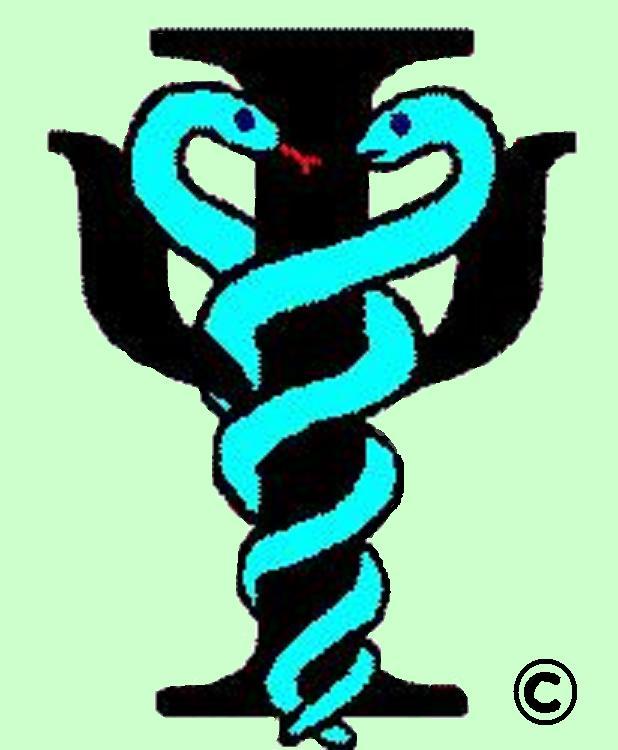

|
Neurobehavioral Medicine Consultants
|
|
| |
|
Biofeedback: Underlying Principles The term biofeedback refers to a set of techniques which allow people to learn to exert control over some functions of the body usually thought to be automatic or involuntary. This is done by showing the subject the response of the parameter which he or she is trying to influence on special monitoring equipment. Various types of biofeedback have been developed which look at such parameters as muscle tension and activity, body temperature and skin condition. Body functions demonstrated to be controllable in this way include blood pressure, heart rate, muscle tension, skin temperature and sweat gland activity. Brain activity can also be controlled; this particular type of biofeedback is discussed in more detail below. The role of biofeedback in many conditions, including asthma, irritable bowel syndrome, irregular heart rates, chronic back pain and high blood pressure, is currently being investigated. Under certain circumstances biofeedback may lessen or eliminate the need for medication, and may also provide a method of treatment for some conditions which have not responded to more traditional medical techniques. Biofeedback techniques are also useful in promoting stress reduction and relaxation.
|
|
The monitoring equipment provides the patient with a representation of the various components of the brainwave. The patient can see how the signals respond to his or her efforts to change their levels. By correlating the response of the various components of the brainwave with these efforts, a person can learn to control some aspects of the brain's activity. With practice and training, most people can acquire skill in regulating the signals sufficient to improve such states as sleep, concentration, relaxation or attention. |
|
The brainwave obtained from the scalp electrodes is amplified and then processed by a computer, which resolves the brainwave into its different components and generates a display from them. The signal levels may be shown graphically or used to control the rate of activity of a video display, similar to a video game. Alternately they may be used to generate an audio signal. Electrode placement is chosen to optimize the specific signal components relevant to the problem or condition being treated. |
|
|
Indications and Benefits Neurofeedback has proven effective in treating, among other things, attention deficit disorder in both children and adults, sleep disorders, depression, anxiety, chronic pain, headaches, seizures and various emotional disturbances, and may improve a person's attention, focus and concentration and his or her ability to organize material and complete tasks. A person may also acquire greater control over impulsive behavior. People also find neurofeedback a useful tool in achieving specific goals, such as improved Scholastic Aptitude Test (SAT) or other college entrance examination scores or sports performance. People of any age may benefit from this technique. Typically, 10 to 40 sessions or more are necessary to obtain maximum benefit.
Neurofeedback has been used to
help children with Attention
Deficit-Hyperactivity Disorder (ADHD)
and works by allowing them to gain
control over brain functions
associated with attention. It also
appears to be generally useful in
helping people pay attention to tasks
that make extreme demands on their
attention.
|